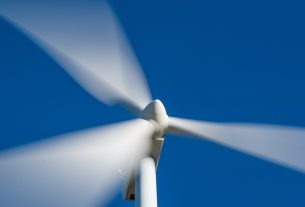United Kingdom – SSE and Equinor have made a significant decision regarding the future of green hydrogen production in the UK’s Dogger Bank Wind Farm project, opting to focus solely on offshore wind power generation.
The fourth phase of the Dogger Bank Wind Farm project, set to have a capacity of up to 2 gigawatts (GW), is a pivotal component of what is already the world’s largest offshore wind farm. The project’s developers have chosen Birkhill Wood as the site for a proposed new 400 kilovolt (kV) substation, which will form part of National Grid’s ambitious Great Grid Upgrade initiative.
In light of this development, the project team is now engaged in a site selection process to determine optimal cable corridors and locations for other essential onshore infrastructure associated with the grid connection at Birkhill Wood. A forthcoming consultation aims to engage the local community and introduce the proposed connection plans, fostering transparency and community involvement in the project’s development.
Project studies
The decision to forego green hydrogen production in Dogger Bank Wind Farm’s fourth phase comes after the partners, Equinor and SSE, awarded contracts to Genesis, H2GO Power, and Fichtner for feasibility and optimization studies related to large-scale green hydrogen development on the project. While these studies were underway, the confirmation of the onshore grid connection location has led to the retirement of plans for hydrogen production, signaling a strategic pivot in project priorities.
Despite the shift away from hydrogen production, the project developers are exploring future possibilities for Dogger Bank Wind Farm, including the potential coordination of Dogger Bank D development with an Offshore Hybrid Asset between the UK and another European electricity market.
While the decision to focus solely on offshore wind power generation represents a clear direction for the Dogger Bank Wind Farm project, it also underscores the dynamic nature of renewable energy development, where priorities and strategies may evolve in response to changing circumstances and opportunities.




